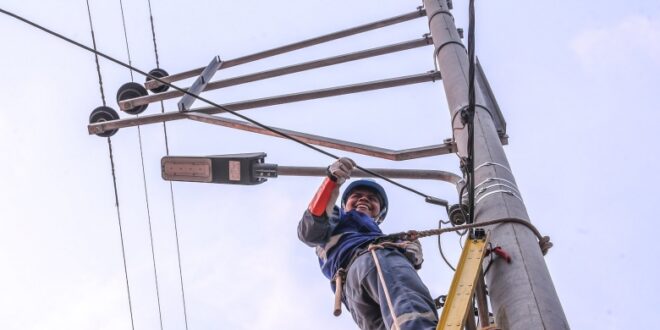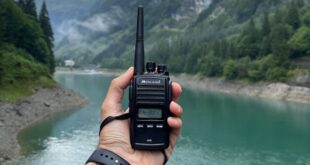Urban residents experience a constant electricity supply that contributes to their everyday operations & simple or complex habits. They cannot imagine living without it, which is why every household is properly equipped with the right & needed level of electrical tools & power. On the other hand, some areas have not experienced electricity to date, so let’s learn about significant changes to these areas when electricity is provided.
The Importance of Rural Electrification: Top 4 Perks
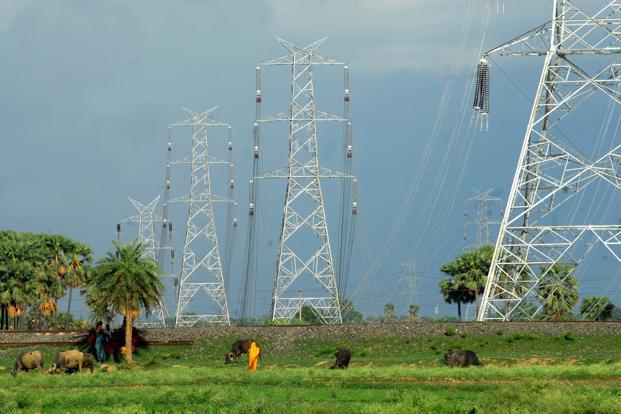
1. Improves Standard of Living
Foremost, providing power to isolated areas in rural regions will provide employment. The power industry provides 12 times more jobs than the regular industry, believe it or not. As we all know, stable employment encourages the residents to work hard, avoid moving, and reduce the burden on urban areas.
Providing jobs in the power sector increases the standard of living. The employees have more to spend which means they will demand efficient products on spot. The economic cycle introduces new businesses to the rural areas, which further provide more employment.
The growing demand can completely alter the landscape of the areas that once experienced extreme isolation in the past.
2. Boosts Economic Awareness
Not many rural areas have access to electricity produced by natural gas or oil. Therefore, the demand gap is either outsourced or locally produced. Coal power plants can be set up, but the coal would have to be collected from different locations and brought to the plant site. This will add to the electricity cost per unit provided to the rural residents.
The proposed way for rural areas to produce energy is by renewable means. Wind turbines can be installed outdoors in the agricultural field, and solar panels can be provided individually to the homes. This approach might have the best odds & chances of working out.
3. Introduces Safety
Farmers in the rural areas have very little to work with. Most of them are still cultivated with outdated tools that their forefathers introduced. Providing electricity to them will make their job a lot easier. They can use sensors and timers to plant the seeds or lay down the irrigation channels, or unique weather technology can warn them of floods.
Rural electrification will also make the areas safer. Utility bidder can install safety signs, alarms, outside lighting, and traffic lights for the safety of the residents. Our homes and offices are safe because of electricity, and rural residents deserve to experience the same level of protection & trustworthiness.
4. Eliminates Isolation
The most isolated areas that have only heard about electricity experience darkness and loss of many activities. Providing them electricity will make sure the individual’s study longer, work longer hours at their jobs, cook in light, and study at night when possible. It will provide them the opportunity to contribute to the local and national economy at a proper & well-deserved pace.
The rural areas are infamous for experiencing isolation from the rest of the country. The bad feeling has led to civil unrest and protests that do not represent the image of a hardworking economy you want it to be. Therefore, providing them electricity is a necessary step toward economic revolution.
Did you know the section?!
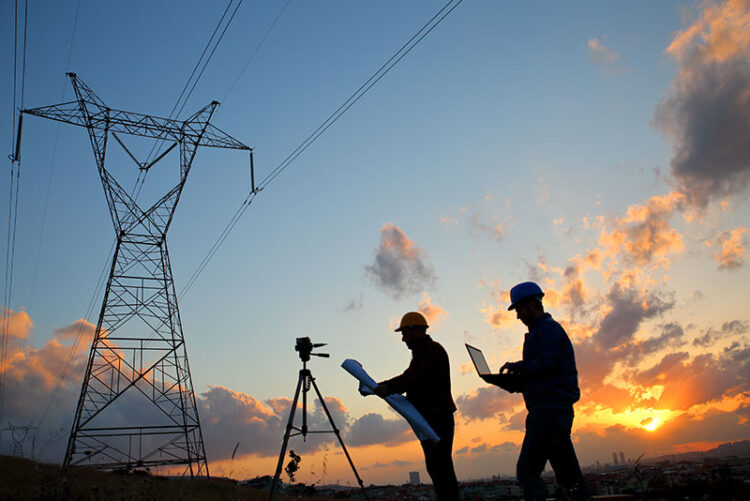
1. Electricity might seem like a common basic thing to have in your household, but it is a luxury in some countries. In 2017 around 860 million people haven’t had electricity worldwide. Countries such as Kenya, Ethiopia, and Rwanda find this to be a privilege. The least expensive way to achieve universal electricity access in many areas appears to be renewable energy sources & renewable energy.
2. Thomas Edison, George Westinghouse, and other inventors began introducing practical electric power systems in the 1880s. It took them 40 years to develop the system and provide most US homes with electricity. This just shows a proper glimpse of hope for rural electrification, as well as a self-sustainable economy or approach.
3. Rural electrification using green renewable energy is a common topic & concern within the UN’s Sustainable Development. Although big wind turbines and commercial solar farms are not feasible for rural electrification, smaller micro-scale hybrid systems could work better in the long run and with most households & farmers.
FAQ
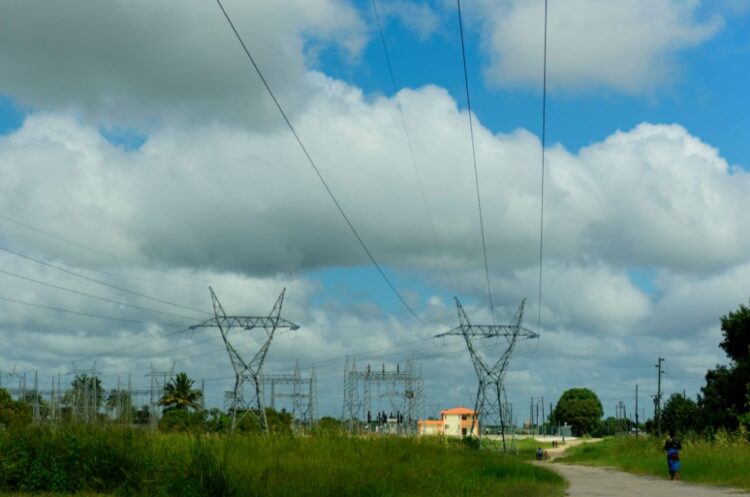
1. How to save money on electricity?
You will have to think about your energy consumption and energy spend. Compare the prices from years before and pay close attention to the contract end date. As you do, you are allowed to switch up your approach and your supplier with someone new and with a new method of energy suppliance. Many suppliers are offering their customers unique features, such as free smart meters to use and try out at their homes.
2. Can you change your supplier?
You can switch your electricity supplier and consider a rural or similar approach the moment your contract ends. Most companies or suppliers will give you a six-month window span to create and choose a new contractor. Some also give 10-12 months.
3. How to save money if you are a business company?
Big & small businesses will have different price options & tariffs presented based on their consumption, location, as well as the contract itself. Each case should be treated on an individual basis & as a unique one. Both are special in their own way & case, which is why both companies can save money with the right contractor, and only when the right deal has been offered and presented.
The bottom Line
Rural electrification is more than a concept and more than a story. It is a recognized means to connect cities and communities, provide jobs, and raise their standard of living. It is a concept and an approach that can do so much and make an impact worldwide. Providing electricity leads to better hospital and education services, and these advantages can immensely impact their lives for the better. Every individual or corporation deserves the best, and no one should be left out or without a reliable provider or contractor.
 Hi Boox Popular Magazine 2024
Hi Boox Popular Magazine 2024
